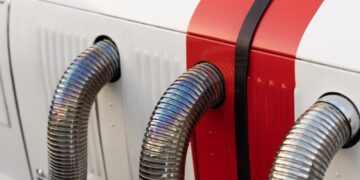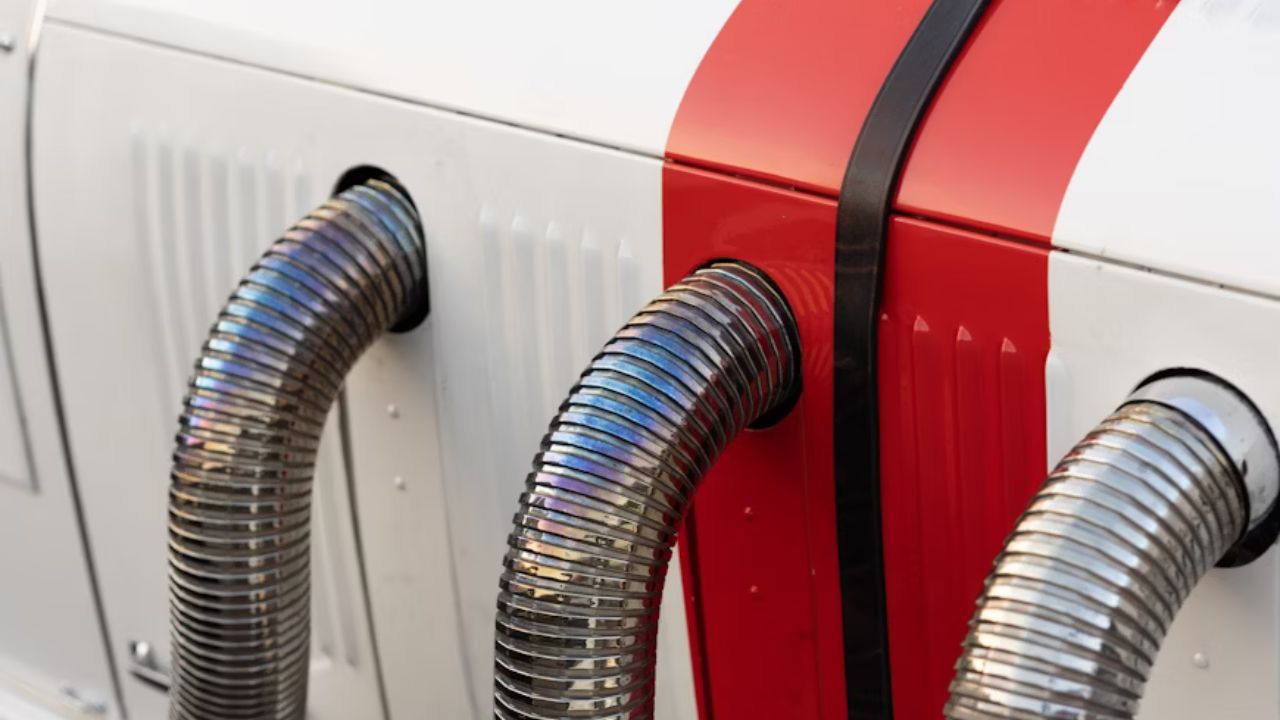Installing a diesel heater in a vehicle can make cold trips far more comfortable, but it also requires careful planning and attention to detail. A well-installed system keeps the cabin warm, reduces fuel waste, and operates safely in all conditions. Knowing what to check before starting the installation helps avoid costly mistakes and keeps the system running smoothly.
Many people underestimate how much proper setup affects performance and safety. From fuel supply to exhaust placement, each step influences how well the heater works. This guide explains the key points to understand before beginning the process so anyone can install a diesel heater with confidence and peace of mind.
1. Ensure proper fuel supply and quality to avoid heater malfunctions
A diesel heater depends on clean, consistent fuel flow. Contaminated or low-grade diesel can block filters and cause poor ignition. Regular fuel checks help the system run smoothly and prevent unnecessary wear on components.
A portable diesel heater also needs a stable and secure fuel source. Loose fittings or cracked lines may cause leaks, air in the system, or uneven fuel delivery. Tight connections and quality hoses reduce the chance of fuel loss and heater failure.
Users should replace fuel filters on schedule and drain any water buildup from the tank. Fresh diesel prevents residue that can clog injectors or corrode metal parts.
Proper fuel storage matters too. Keeping diesel in sealed, clean containers protects it from dirt and moisture. As a result, the heater starts faster, burns cleaner, and provides steady heat even in cold weather.
2. Follow the manufacturer’s installation instructions precisely for safety
Each diesel heater model has unique parts and setup steps. The manufacturer’s instructions explain how to mount, wire, and vent the unit correctly. These directions help prevent fuel leaks, electrical faults, or poor airflow that could cause damage or unsafe conditions.
Manufacturers design their guides to meet safety codes and performance standards. Following them helps the heater operate as tested in the factory. Skipping steps or using different parts can void warranties or cause the system to fail early.
Inspect all parts before installation and confirm that the vehicle layout matches the recommended setup. If any step seems unclear, contact a professional installer or the product’s support line for guidance.
Accurate installation protects both the equipment and the passengers. Therefore, reading and applying every instruction exactly as written helps maintain safe operation and long-term performance.
3. Position the exhaust system to prevent fumes from entering the vehicle
The exhaust pipe should face away from any air intakes, windows, or vents. This setup keeps harmful gases, such as carbon monoxide, from entering the cabin. A short distance between the exhaust outlet and the heater intake can cause fumes to circulate back inside.
Install the exhaust pipe so it extends past the vehicle’s side or rear. This placement helps gases flow safely away from the body. In addition, the pipe should have enough clearance from fuel lines, wiring, and other heat-sensitive parts.
Inspect all exhaust joints and seals for leaks before use. Even a small gap can allow fumes to escape and reach the interior. Therefore, tightening clamps and replacing damaged seals can prevent exposure to exhaust gases.
Regular checks help maintain safe operation. Over time, vibration or corrosion may loosen fittings. By keeping the system secure and free of leaks, the heater can run safely without affecting air quality inside the vehicle.
4. Use correct electrical connections and secure wiring to prevent shorts
Proper electrical connections help the diesel heater run safely and avoid power faults. Loose or poorly joined wires can create heat and short circuits that may damage the system or start a fire. Therefore, every wire joint should fit tightly and match the correct gauge for the heater’s load.
Each connection should use the right connector or terminal, not quick fixes like tape or twisted wires. A clean, solid contact reduces resistance and keeps the current steady. Pre-twisting wires before adding a connector can also improve strength and prevent movement from vibration.
All wiring should stay away from sharp edges, fuel lines, and moving parts. It should be secured with clips or ties so it does not rub or sag. Regular inspection helps spot wear, corrosion, or loose fittings before they cause a short. Proper grounding further protects the heater and other electrical parts from damage.
5. Avoid common installation mistakes like improper mounting or poor ventilation
A diesel heater must sit on a secure, level surface. Loose or uneven mounting can cause noise, vibration, or damage to nearby parts. It may also affect how air flows through the system, which reduces heat output.
Proper ventilation matters for both performance and safety. A blocked or poorly placed exhaust can trap fumes inside the cabin. This can lead to unpleasant odors or even dangerous gas buildup.
Installers should route air intake and exhaust pipes away from windows, doors, and fuel lines. Tight seals prevent leaks and help the heater run more efficiently. Each connection should fit snugly and follow the manufacturer’s layout.
Electrical wiring also needs attention. Incorrect connections or weak grounding can cause the heater to fail or short out. Testing the system after setup helps confirm that airflow, power, and exhaust all work as intended.
Conclusion
Installing a diesel heater in a vehicle requires careful planning and attention to detail. Each step, from choosing a safe location to sealing the exhaust, affects how well the system performs. Proper setup also reduces noise, fuel waste, and the risk of fumes inside the cabin.
A successful installation depends on reading the manufacturer’s instructions and checking all parts before use. Small mistakes, such as poor wiring or loose clamps, can cause bigger problems later.
Regular inspection helps the heater last longer and keeps it safe to operate. With the right approach, a diesel heater can provide steady warmth and comfort through many cold seasons.



